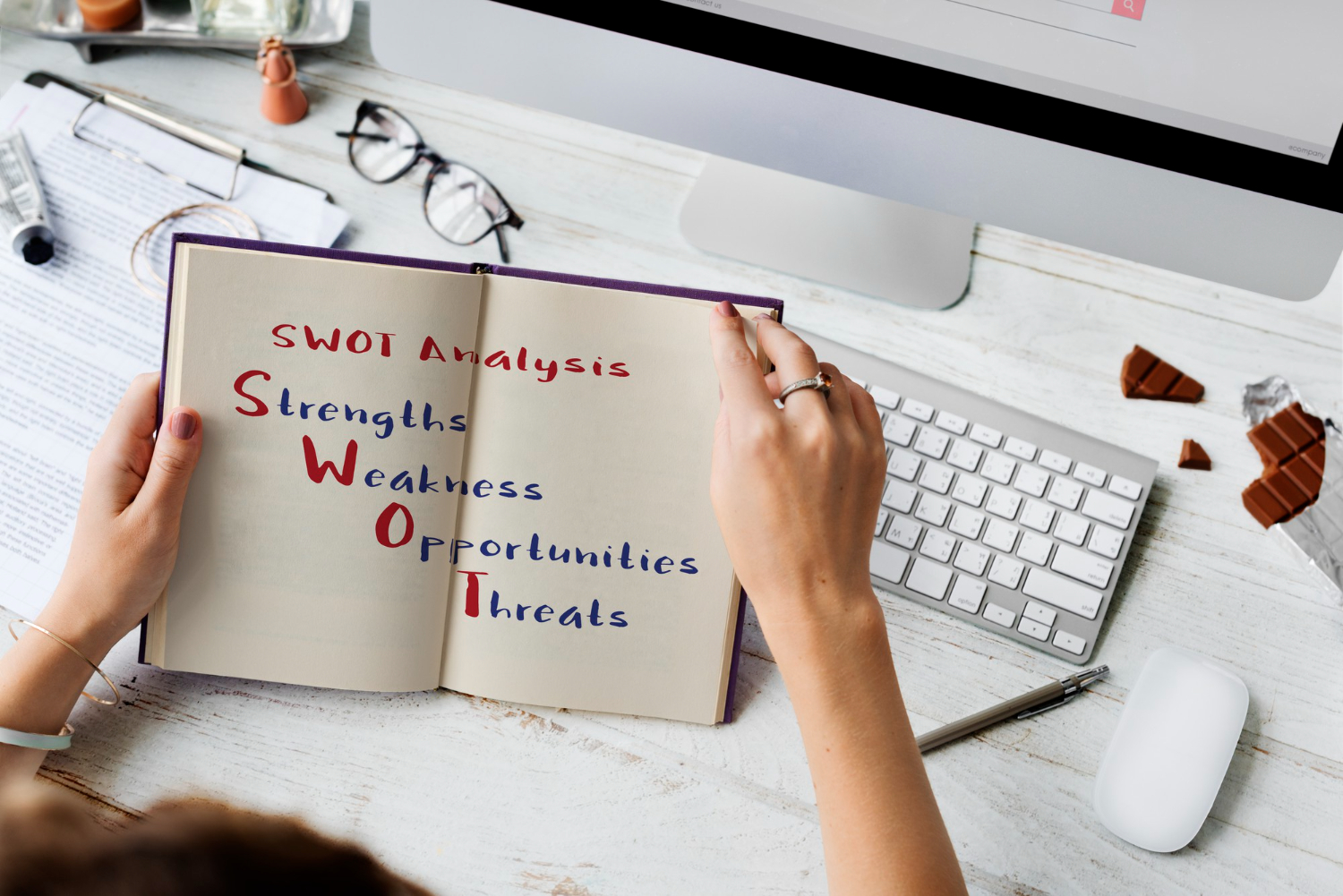Basics of Strategizing (during strategic planning)
Basics of Strategizing (during strategic planning) © Copyright Carter McNamara, MBA, PhD, Authenticity Consulting, LLC.…
Our content is reader-supported. Things you buy through links on our site may earn us a commission
Never miss out on well-researched articles in your field of interest with our weekly newsletter.

Administrator

Basics of Strategizing (during strategic planning) © Copyright Carter McNamara, MBA, PhD, Authenticity Consulting, LLC.…

Driving Force Impacts for Environmental Scanning in Strategic Planning © Copyright Carter McNamara, MBA, PhD,…

Sample Lists of Strengths, Weaknesses, Opportunities and Threats © Copyright Carter McNamara, MBA, PhD, Authenticity…

Basic Overview of Various Strategic Planning Models Learn Strategic Planning Without Incurring Travel Costs! The…

Basics of Developing Mission, Vision and Values Statements © Copyright Carter McNamara, MBA, PhD, Authenticity…

Basics of Identifying Strategic Issues and Goals © Copyright Carter McNamara, MBA, PhD, Authenticity Consulting,…

All About Strategic Planning Copyright Carter McNamara, MBA, PhD Get step-by-step guidance and materials to…

Basics of Monitoring, Evaluating and Deviating from the Strategic Plan © Copyright Carter McNamara, MBA,…

Basic Description of Strategic Planning (including key terms to know) © Copyright Carter McNamara, MBA,…

Basics of Action Planning (as part of strategic planning) © Copyright Carter McNamara, MBA, PhD,…

How to Start a Business: Complete Steps and Resources Copyright Carter McNamara, MBA, PhD. This…

How to Start a Nonprofit — Complete Guide and Free Resources © Copyright Carter McNamara,…

Entrepreneurs — Are You Personally Ready to Start a New Venture? © Copyright Carter McNamara,…

How to Start Any Type of Organization — Guidelines and Resources for Entrepreneurs Assembled by…

All About Franchising: Guidelines and Resources Sections of This Topic Include Introduction to Franchising What…

Buying a For-Profit Business Sections of This Topic Include Basics and Planning Where to Find…